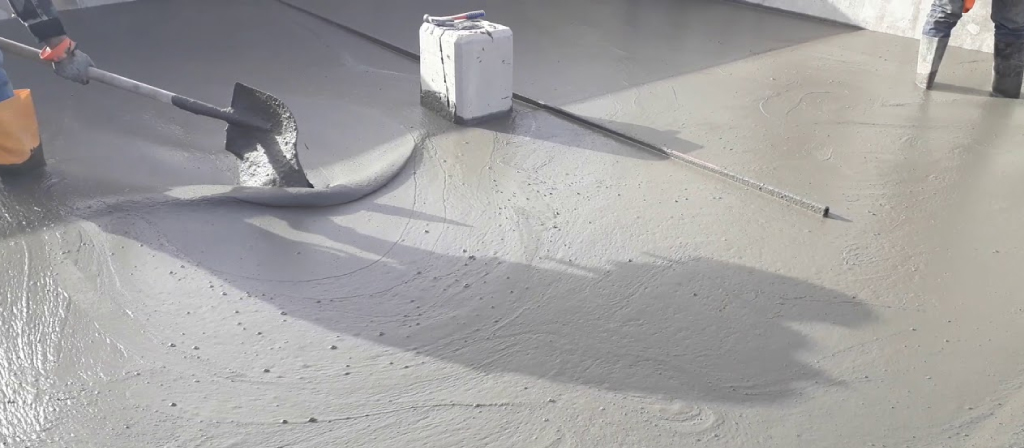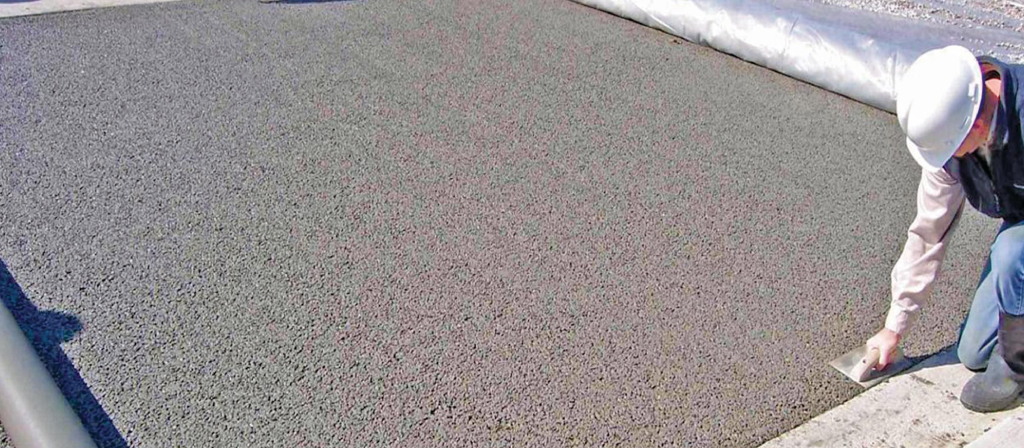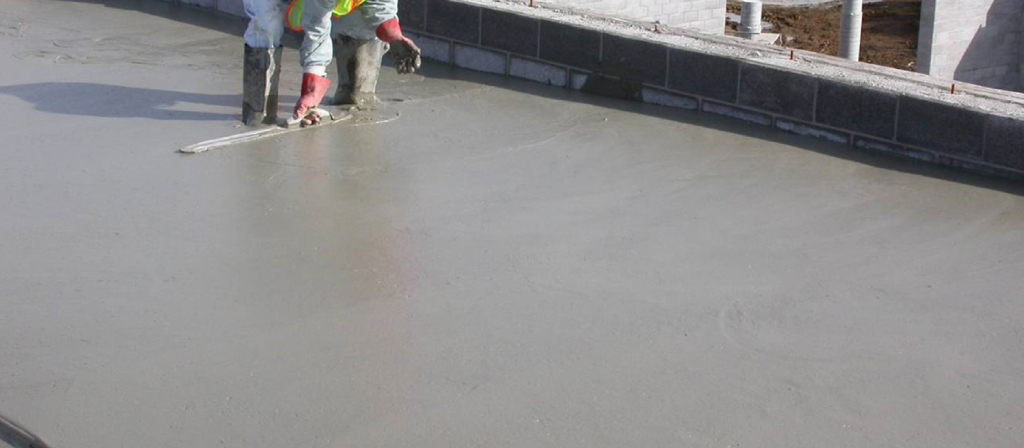- 24/7 availability, flexible times
- Same day or Next day
- Tailored Mixes & premium materials
- BSI Certified
- Competitive pricing
Foam Concrete Suppliers in the UK

The Thames Concrete is a reputed, experienced, and trusted Foamed Concrete Supplier in the UK!
As lightweight and strong concrete, Foam Concrete is a perfect option when the concrete needs to be dismantled later on. It flows freely and hence it is easy to fill any gap or trench. Considering the air percentage in the mixture, the chances of cracking or shrinkage are less as compared to a harder mixture.
Regardless of the surroundings, foamed concrete is used even though severe weather cannot harm it.
This type of concrete is resistant to thawing and protects the materials nearby. The Ready Mixed Foam Concrete properties ensure that it is more liked by either highway or utility contractor customers.
Different Applications Of Foam Concrete

Foamed concrete is mainly used in bridge and road construction. However, it has other applications as well. Listed below are some applications of road foam concrete for various construction projects:
Road Trenching With Road Foam Concrete
Foamed concrete is ideal for road trenching because it can secure important cables, pipes, and other fittings. Plus, if there is a need to dig the trench, it can be easily done as road foam concrete has suitable composition and structure. After filling the trench with foam concrete, there is no need for manual compaction.
Increasing Bridge Strength With Foamed Concrete
Foamed concrete, which is also known as expanding foam concrete, is widely used to strengthen bridges. Depending on the requirement, this construction material can be poured between bridge spans and piers. Besides, foam concrete can be utilised for constructing or reinforcing abutments.
Filling Unused Pipes
Foam Concrete is filled in the pipes, fuel tanks, and sewers that are no longer in use. Leaving them hollow can be risky as they can collapse. So, a better approach is to use expanding foam concrete to block them, which also supports and provides strength to bear the load of structures constructed over them.
Constructing Road Sub-Base
Road foam concrete is used to make the road sub-bases. As it is light in weight, the problem of concrete settlement can be avoided. The soft soil present beneath can easily withstand the concrete load and stays in its place for a long time. Using heavier concrete variants can cause cracks and damage to the roads.
Insulating The Sound
Foamed concrete is a good sound insulator, thanks to its internal structure. The sound waves get trapped in the air pockets, and thus, the sound echoing problem is eliminated. Foamed concrete is porous and has space in it to absorb sound.
Filling Voids
One of the common uses of foamed concrete is to fill empty spaces during construction. This type of concrete offers good thermal insulation, strength, and controlled water absorption. For this reason, foam concrete is used throughout the United Kingdom for void filling.
Why Foam Concrete?
It is a functional and versatile material easily adaptive to different operating conditions and design requirements.
- Pumpable Foam concrete: It involves pumping the construction material to considerable distances. These types of concrete are placed with a conventional rotor stator pump or boom pump, basically known as a “Worm Pump”.
- Self-leveling and Self-compacting: Because of this feature, foam concrete has become an ideal choice for inaccessible ditches where compaction is impossible or difficult. It permits regulated discharge into small openings, fills in gaps, including cut pockets, and completely covers the pipes.
- Thaw/Freeze Resistant: Because of the higher air content, it becomes thawing or freezing resistant and provides adequate acoustic and thermal insulation.
- Insulating Properties: Because of its insulating properties, the concrete acts like a less density sub-screed.
- More Fluid: This property keeps finishing easy and best. The possibility is with a seamless method of installing, pouring, and leveling. Controlled placement rates to assure compliance with the desired load characteristics.
- Weightless concrete with more air content
- Propagation of the load with a slight risk of subsidence
Compressive strength of Foamed Concrete

For the excellent performance of foam concrete, the final dry density is between 100 and 300 kg / m³ below normal. It varies according to different conditions. The range of compressive strength lies between 0.5 N/mm² to 5N/mm. Several forms are approximately 25 to 30N in their cubes when they achieve the right density before drying.
Details of Foamed Concrete
Strength and Density
This type of concrete can be adapted to your requirements. The technical experts of The Thames Concrete form an appropriate mix design for the asked application. The expanding foam concrete can reach a strength capacity of 20 N / mm2. Our exceptional production method produces very vast dry densities between 300 kg / m3 and 2000 kg / m3. If there will be densities and strength above the range, then, the team is here to give you a solution.
Foamed Concrete Placement
The pumping could be done into layers up to 1 m deep, which can be lifted vertically, horizontally, or directly to sustain the required air gap structure. Its liquid nature permits concrete to flow freely into even the smallest voids, which makes it very convenient for void-filling applications. The pumping can be carried out either by rotor stator pump or conventional concrete pump. When the material is mixed with the foam, it usually stays fluid for 2 to 3 hours according to environmental conditions. Also, it does not show any settling properties that can appear in granular fillers, permitting for a more long-lasting filling.
Foam Concrete different specifications
This can be delivered with or without coarse aggregate, according to the application and type of foam concrete. There are three ways in which foam concrete can be created:
- By mixing the pre-foamed concrete in the mixture of mortar base while mixing it on the site, ensuring ultra-low density.
- By including specially prepared air admixtures to the concrete in the mixing method. Basically, it generates the content of entrained air in the range of 10% to 25%. High Air-entrained Mortar (HAM) or High Air-entrained Concrete (HAC) is the resulting concrete material
- When you add or mix foaming admixtures in the mortar base mixture at the site, the incoming air level increases. Consequently, the resulting material possesses a lower density than the air intake mixture.
The Thames Concrete – Foamed Concrete Experts
We deliver the finest services by offering bespoke foam concrete mix materials and designs to major construction projects and infrastructure. We are on-site material suppliers that develop foamed concrete for various material designs that combines different foam concrete strengths and viscosity.















